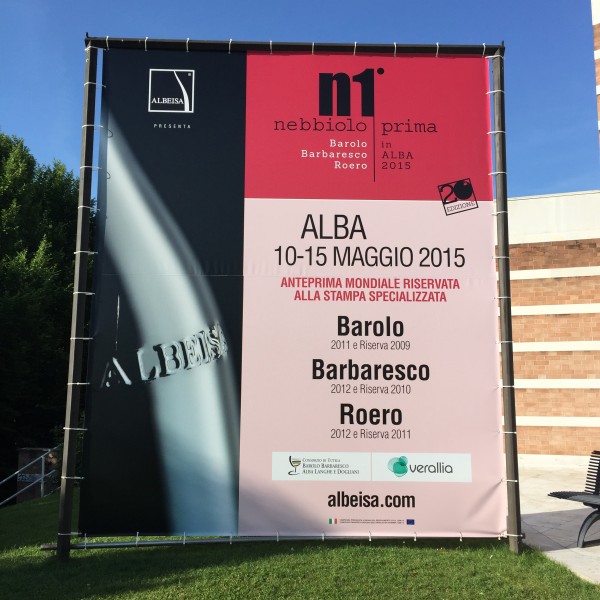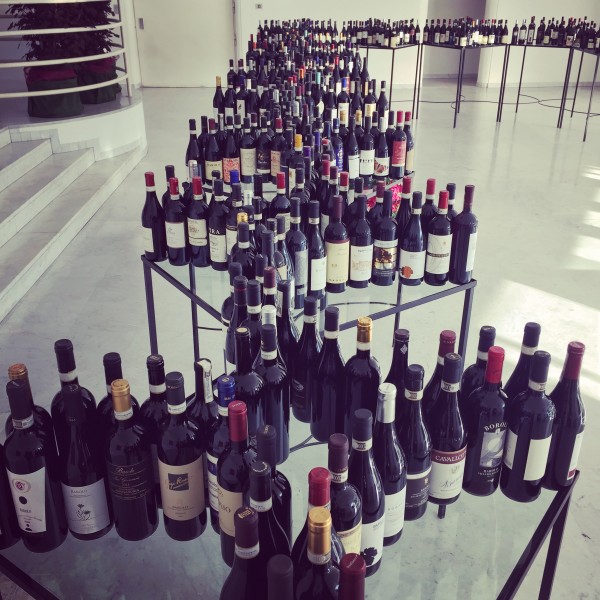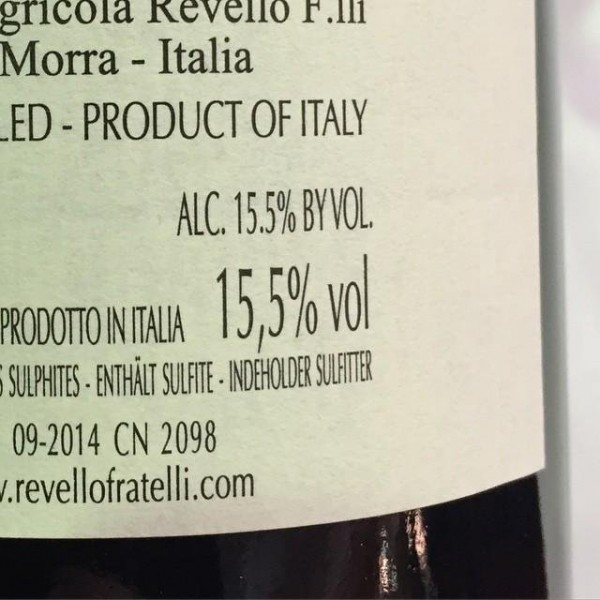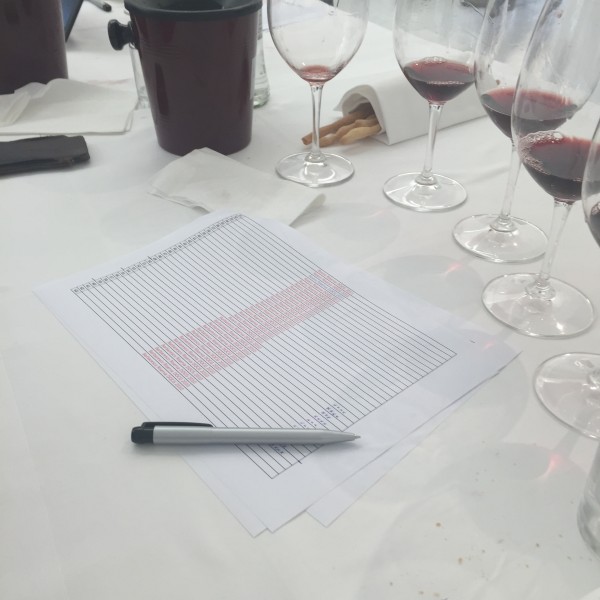Barolo 2011: first impressions
Posted on 15 May 2015
Greetings from Barolo. I am attending Nebbiolo Prima, the premier event for lovers of Nebbiolo wines—a preview of the new vintage of Barolo, Barbaresco, and Roero. It is my favourite wine even on this planet, not only because Barolo is my desert island wine and the organisers, the Albeisa vintners’ association, due a splendid job of making sampling 100 Barolos per day look like fun. It’s mostly because the quality of the wines is really high, often verging on the spectacular. Plus this year, we are tasting Barolo 2011, which I think is a fantastic vintage.
2011 has one big problem: it comes after 2010. The hype couldn’t have been more epic about 2010 Barolos, from America to the UK down to Italian journalists. Some of the hyperboles made “vintage of the century” sound like a modest endorsement. I love 2010, but I don’t think it’s the vintage of the 21st century. On the other hand, I truly believe 2011 is a great vintage, and although it’s been positively received, I feel it’s not getting the high praise it deserves. To me, 2011 is every bit as good as 2010, and often better.
2011 is also different in style from 2010. 2010 was a “classic” vintage, with moderate temperatures and a long ripening season. The Nebbiolo grape likes that: it thrives in the Indian summer and improves on the vine after all other grape varieties have been harvested. 2010, like 2006, 2004, and 1999 before provided the perfect conditions in that style. The result is concentrated, structured wines for long-term ageing.
In contrast, 2011 is a warm vintage, following on the lines of 2009, 2007, and 2003. It made for riper, plusher wines that purists say are less “typical” of traditional Nebbiolo. Maybe they are, but does that make them worse? They are simply delicious to drink even today, but unlike 2003 and 2009, they have excellent balance and structure and will age them as well. Think of them as a compromise vintage: the richness of really hot years and the depth of more classic ones. To me, it’s a fantastic combination: pleasure without suffering.
Producers also seem pretty enthusiastic about 2011, more so than journalists. Some are outspoken in putting 2011 above 2010: Alberto Cordero di Montezemolo (“it has more of everything, and is also elegant and refined”) and Luigi Scavino of Azelia, to cite but two; Ferdinando Principiano says “the best 2011 will exceed the best 2010s”. Roberto Conterno of Giacomo Conterno, never one prone to excesses of verbal enthusiasm, says “I prefer the 2010s, but 2011 are very satisfying.”
Weather conditions in 2011 were a bit unusual. The year started early: flowering was 10–15 days prior to normal but what followed was a rather cool June and July. Many producers deleaved the vines heavily, which proved a crucial mistake later when from 10 August, the weather became very hot and dry, a pattern which continued through September—the hottest on record with evening temperatures often in the 30s. There were brief storms on 5 and 6 September but the ripeness was accelerated and most producers harvested by the end of September, which is early by Barolo standards; only at the east of the appellation did Giuseppe Mascarello and Aldo Conterno harvest around 6/8 October, which is still a week prior to normal.
2011 was a thus a viticulturalist’s year. Canpoy management was crucial, as was waiting for physiological ripeness to sync with high sugars. The consequence is that some of the wines, especially in the western, hotter vineyards of La Morra, are often at 15 or even 15.5% alcohol, and may lack freshness. There is a sense of sun bake and mulchy tannins in some 2011s, as well as some tired wines: it clearly was a case of using less rather than more oak in this year. There will be few Riserva bottlings: no Monfortino at Giacomo Conterno and Elio Grasso says the wines was “too lean” to age longer for Riserva. Producers who made less wine and didn’t bottle some of their crus also include Rocche dei Manzoni and Roberto Voerzio.
That being said, the overall quality of 2011 Barolos I tasted here (after about 400 samples—I still have a few days to go) is really very high. As heterogenous as the vintage appears especially in the terroirs of La Morra and Barolo, the dominant impression is of ripe, concentrated wines that have a lot of appeal, but as mentioned earlier, also have the substance and structure to improve in bottle. The later-ripening, cooler limestone vineyards of Serralunga and Monforte clearly fared best overall, and some of the best buys will come from blended village-tier wines labelled Barolo del Comune di Serralunga. There are also delicious, perfectly balanced examples from Verduno, usually a source of lighter but charming Barolo. Echoing Principiano’s comment quoted above, I find my top scores for 2011s are every bit as high or even 1/2 points higher than for 2010s.
Bottom line: I hope you haven’t spent all your money on Barolo 2010, because 2011 is every bit as worth buying! Stay tuned for detailed tasting notes and buying recommendations in my Barolo Report, coming shortly on www.timatkin.com.
Disclosure: my trip to Piedmont including flights, accommodation, and wine tasting programme are sponsored by Albeisa, the local wineries’ association.





